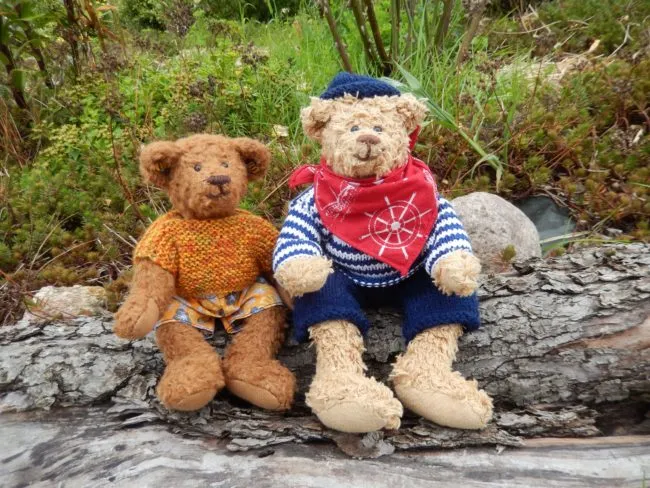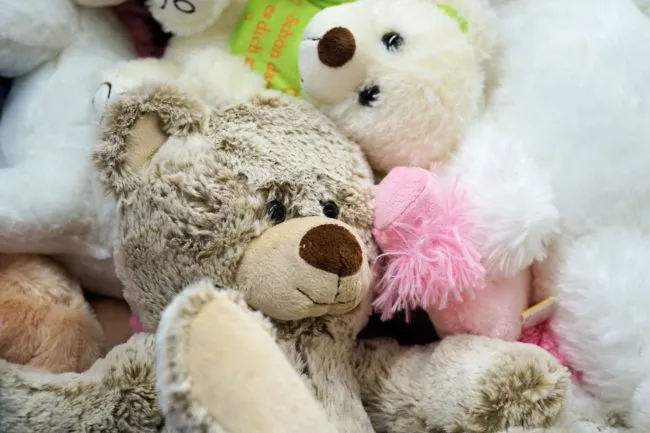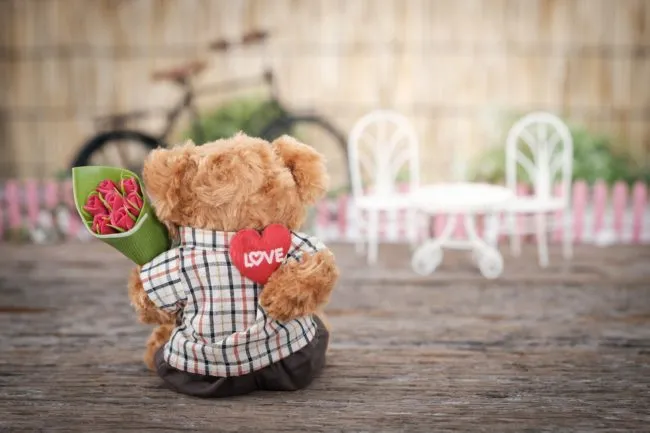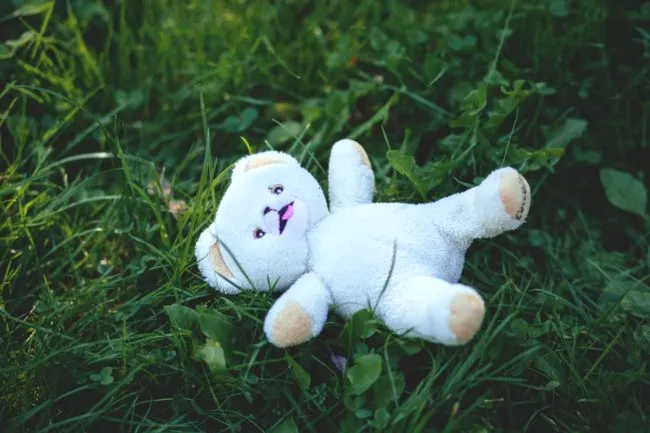What is a bear? The gay tribe for big, hairy, hunky men

1983: Moustachioed actor Tom Selleck plays the heroic lead in the Brian G Hutton film ‘High Road to China’. (Photo by Hulton Archive/Getty Images)
1983: Moustachioed actor Tom Selleck plays the heroic lead in the Brian G Hutton film 'High Road to China'. (Photo by Hulton Archive/Getty Images)
‘Bears’ are a big part of the gay community, and they come with more stereotypes, misconceptions and complexities than you can shake a stick at. Never shake an actual stick at an actual bear by the way, that’d be dangerous.
But how did bears grow from a subcultural group within the gay community to a huge gay cultural with their own pride events, bars, clubs, media and multitude of sub-divisions?
What do bears look like? How do they behave? And how are they treated by other members of the LGBTQ+ community? You’ll find out here.
Men have always come in different shapes and sizes, but the first time we could find the term ‘bear’ was in a 1979 edition of The Advocate magazine, from a feature that playfully assigned different animal types to different gay guys. It was called “Who’s Who at the Zoo?”
Bears as an inclusive counter-cultural group

(Pexels)
In “what is a twink?” we looked at how, as a group, twinks are often idolised for their youthful appearance and slim physique. You could say that bears are the opposite of twinks.
A f*** you to the unrealistic standards that we set ourselves as gay men to look young and fit, whatever our age.
The bears are arguably one of the friendliest and most inclusive groups of gay men, especially when it comes to appearance and body image.
It doesn’t matter what your waist-size is – you won’t be judged. Bigger is often better, which bear bars and clubs like London’s original inception of XXL (as in the size), are testament to.
You don’t have to spend hours on a ‘look’ to fit into a bear club, and you don’t have to go to the gym. In many ways, the pressure is off.

(Pexels)
Toxic masculinity and divisions within the LGBTQ+ community
But of course things are very rarely this simple. On the opposite end of the spectrum, there have been cries that bear culture is anti-women, anti-femme and anti-trans.
Many bear clubs and bars do not allow women, and this is often openly disputed on the doors of clubs, and then with heated debates on social media afterwards.
Even twinks or femme guys are turned away at the door of bear clubs for not being “beary enough,” especially if the club is close to becoming full.
Physical definition of a bear
Broadly-speaking, a bear is hairy, with a large build and over 30-years-old. They are hunky, chunky, often with bellies, big legs, big butts and almost always with a full beard or facial hair.
In gay porn, these physical traits combine to create a hyper-masculine attitude and aesthetic.
Stereotypes that come with being a bear
The general stereotype that bears look “traditionally masculine” and are therefore, “masc” could not be further from reality.
Whether a bear is actually masculine, femme, cis or anything else has nothing to do with how they look.

(Pexels)
Another stereotype is that bears are lazy and unhealthy.
Just look at the international gay rugby community, with its many types of bears, to flush away that rubbish generalisation. Stereotypes are just wrong, but you probably know that already.
Different types of bear within the bear community
We said it wasn’t simple didn’t we? There are ‘Muscle Bears,’ who are athletic, beefy and perhaps obviously, muscled. They may have bellies, a six-pac or both.
These are often the kind of bears you’ll find in porn. If you’re an Asian bear, perhaps you call yourself a Panda.
If you’re over 50 or with grey/white hair, perhaps you call yourself a Polar Bear or Daddy Bear. If you’re under 30 and want to be a bear, you might be calling yourself a Cub.
Here’s what a bear says about being a bear
Nico is a bear living in Berlin, he says: “A bear typically has a more rounded figure, like myself. I feel sometimes very outcast because of the stigma that comes with that – that I must be lazy and not sporty.
“But the bear community does help me to feel included, and part of the broader-LGBT community. As part of the gay rugby community in Europe, I feel accepted for my size.
“You don’t need to be hairy to be a bear. Sometimes mother nature doesn’t give you the gift of a hairy chest. I have two islands and of hair and a line, and I still self-define a bear.
“For the people who say that being a bear is about letting yourself go, I say, well it depends on the bear ‘type’ and the ‘stereotypical’ lifestyle of a bear.

(Pexels)
“Some guys do let themselves go and it’s very sad sometimes, as it does affect your health. There is also the stigma of being a ‘femme bear,’ part of the whole ‘masc for masc’ discussion.
“One guy told me that I’m not a bear because I wear glitter, that I’m not a bear because I’m too slim – that’s just rubbish to me. If you want to change for other people, you lose yourself. Be whoever you want and call yourself whatever you want.”
Events for bears and bear-lovers
Happening throughout Europe, the UK, North America and Australia, there are tons of bear-related events each year.
There’s the Mad Bear festival in Madrid, Sitges Bear Week in September, Brighton Bear Weekend in June and Bearsurrection in Fort Lauderdale, to name just a few.

